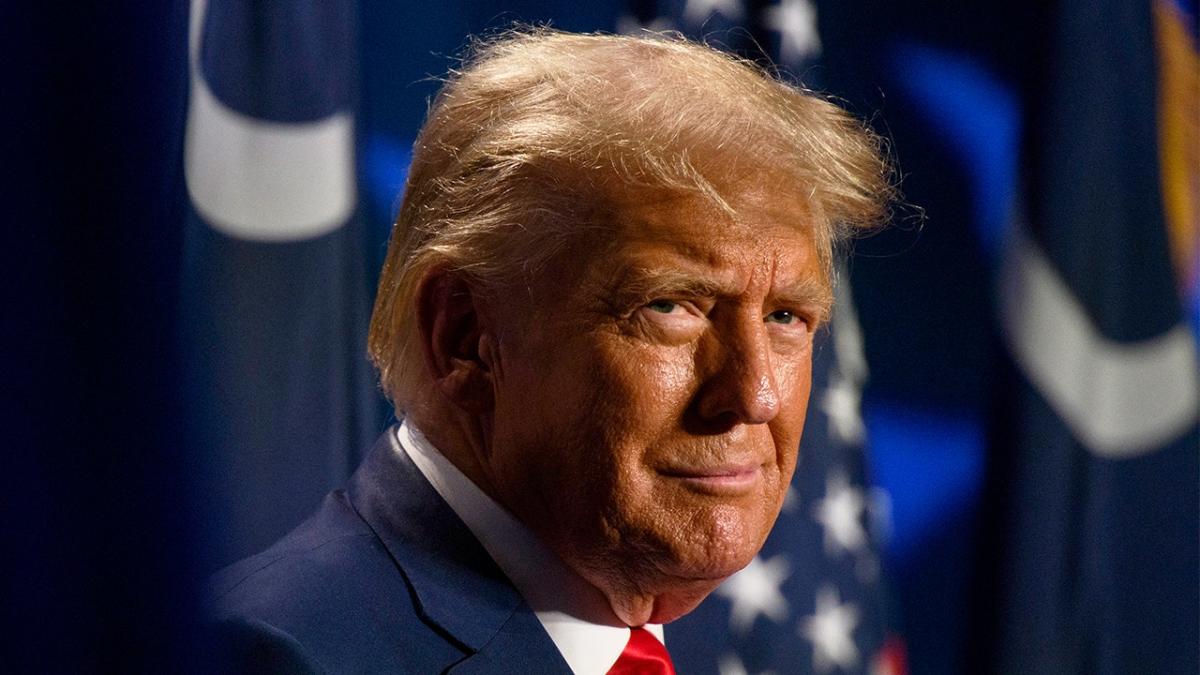# Wall Street forecasters see the ‘gradual reflation story’ lifting bond yields in 2021

Table of Contents
“#
Wall Street forecasters see the ‘gradual reflation story’ lifting bond yields in 2021
”
Don’t expect the 10-year Treasury note yield to stay below 1%.
That’s the conclusion of interest-rate forecasters who argue the broadening global economic recovery, aided by clear progress on a COVID-19 vaccine, will weigh on the Treasurys markets in 2021.
“Steeper yield curves and cheaper bond prices is the consensus,” said Steve Feiss, an interest-rate strategist at Etico Partners, in an interview.
The 10-year Treasury note yield
TMUBMUSD10Y,
stood at 0.95% on Wednesday. Bond prices move in the opposite direction yields.

Mark Cabana, head of U.S. rates strategy at BofA Global Research, argued “the gradual reflation story will take hold,” and that all the good news around a vaccine had yet to be priced into the bond-market.
When that happens, it would further steepen the yield curve, benefiting traders who piled in such wagers in the latter half of this year in the hopes that a patient Fed and a U.S. economic bounce would widen the gap between short-term and longer-term yields.
The spread between the yields on the 2-year note
TMUBMUSD02Y,
and the 10-year note, a gauge of the curve’s slope, has widened to 78 basis points, or 0.78 percentage points, and briefly touched 82 basis points earlier in the month. That represents the steepest curve since late 2017.
In 2021, investors will have more certainty about Washington, said Cabana.
By then, market participants could start to plan around a new Congress, after the runoffs for two Senate seats from Georgia that will determine which party controls the upper chamber. The answer to that question will help determine what a Biden administration is likely to tackle and what it is likely to accomplish.
Missing the mark
Yet the unified calls for higher yields belie how Wall Street forecasters have had a long history of missing their mark as events got in the way of their predictions.
Indeed, an unforeseen pandemic and a swift reaction by the Federal Reserve to support businesses and households pushed rates below where many bond-market strategists had expected this year.
Last year, market participants anticipated clarity on U.S.-China trade headwinds after a phase one trade deal was struck would sap demand for safe-haven assets, and weigh on government bonds, pushing up yields.
Like then, investors argue clarity on the immediate concerns of this year are likely to clear up as the world continues to recover from the pandemic devastation.
John Canavan, lead analyst at Oxford Economics, told MarketWatch that forecasting rates was a foolhardy exercise, but he still felt the balance of risks was toward higher yields especially if growth and inflation recovered faster than anticipated.
If further economic gains did not follow after the vaccine was distributed, he expected yields to linger near current levels.
The shadow of the Fed
One of the main reasons why investors aren’t expecting a runaway climb in yields even if the economic gloom goes away next year is the lurking shadow of a Federal Reserve, which continues to buy $80 billion of Treasurys every month.
The Fed’s purchases are expected to keep long-term yields from running too high.
Though many don’t expect the U.S. central bank to tweak its bond-buying operations at its policy meeting on Dec. 15-16, it’s a possibility that has kept bond traders from betting aggressively on higher long-term yields.
The deluge of new issuance is also likely to be easily handled with domestic money managers and the Fed reliably snapping up whole chunks of the bond market.
“As long as the Fed is there buying paper and willing to buy more, there is little to fear on the weight of debt,” said Padhraic Garvey, regional head of research for ING in America.
The Congressional Budget Office forecast the U.S. deficit to exceed 100% of its annual economic output in 2021.
By
Sunny Oh
If you liked the article, do not forget to share it with your friends. Follow us on Google News too, click on the star and choose us from your favorites.
For forums sites go to Forum.BuradaBiliyorum.Com
If you want to read more News articles, you can visit our News category.




